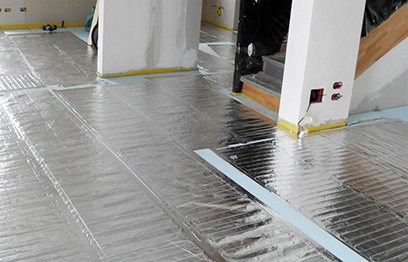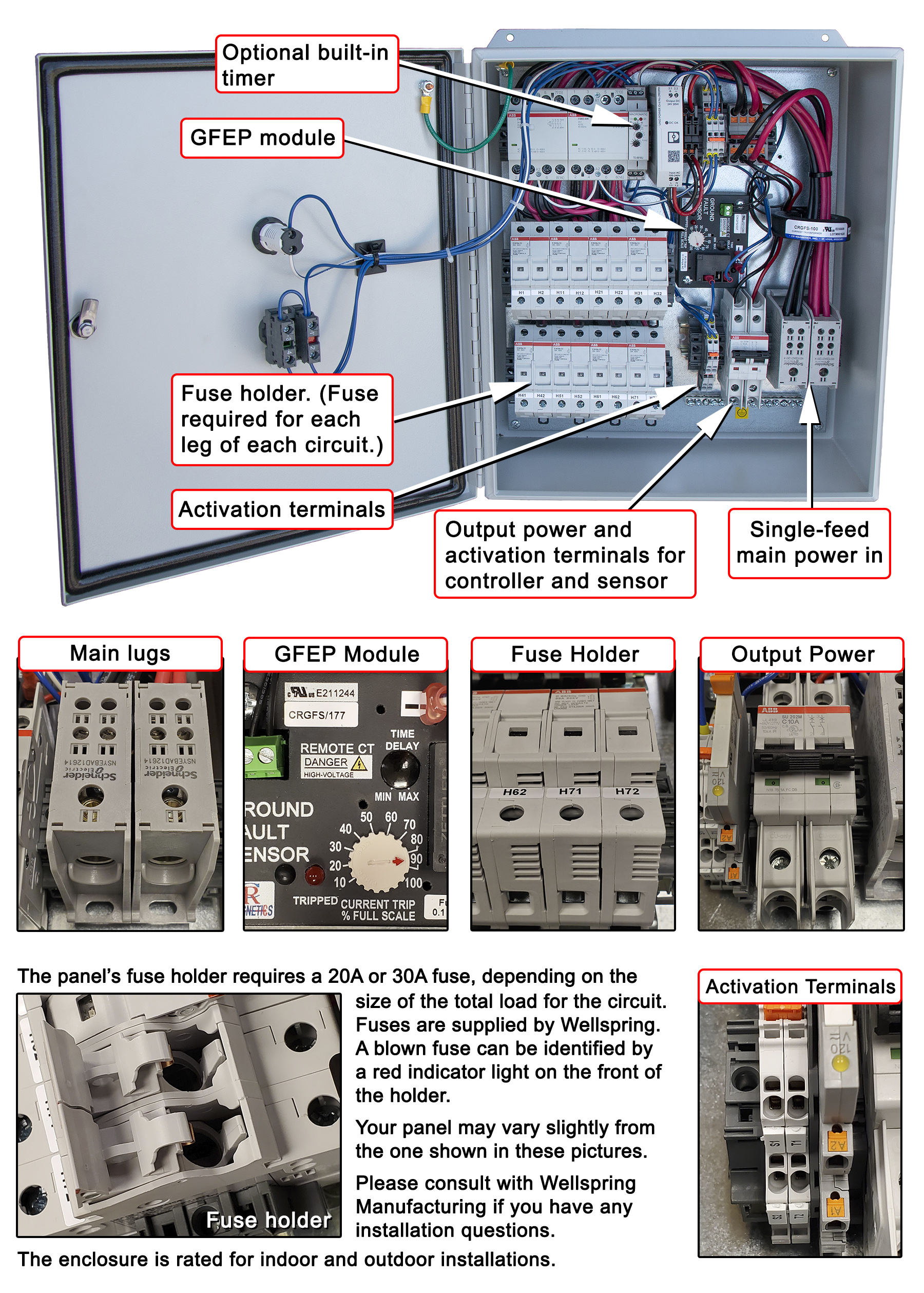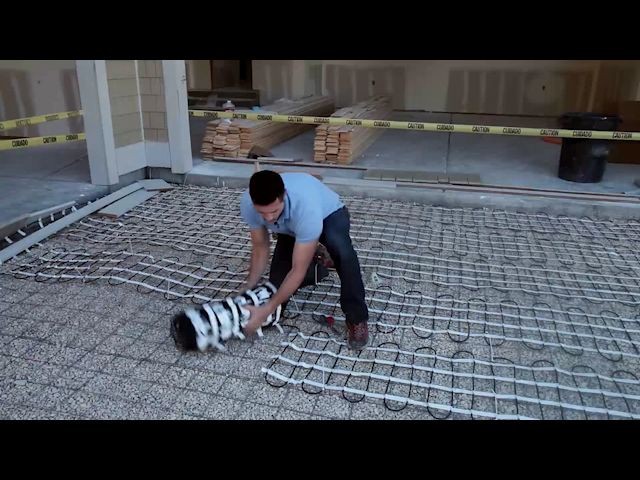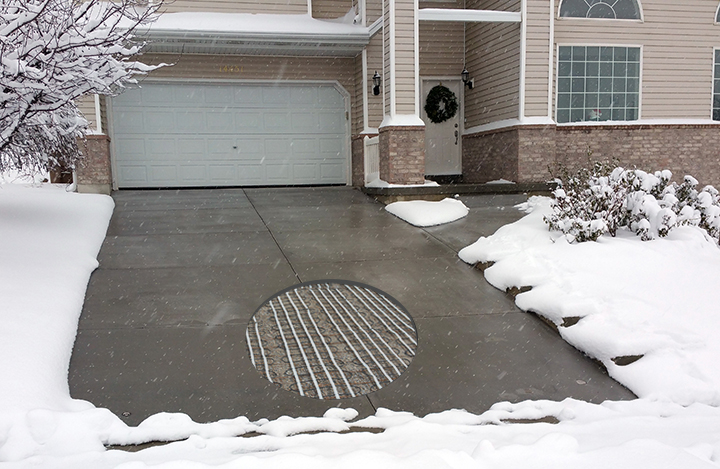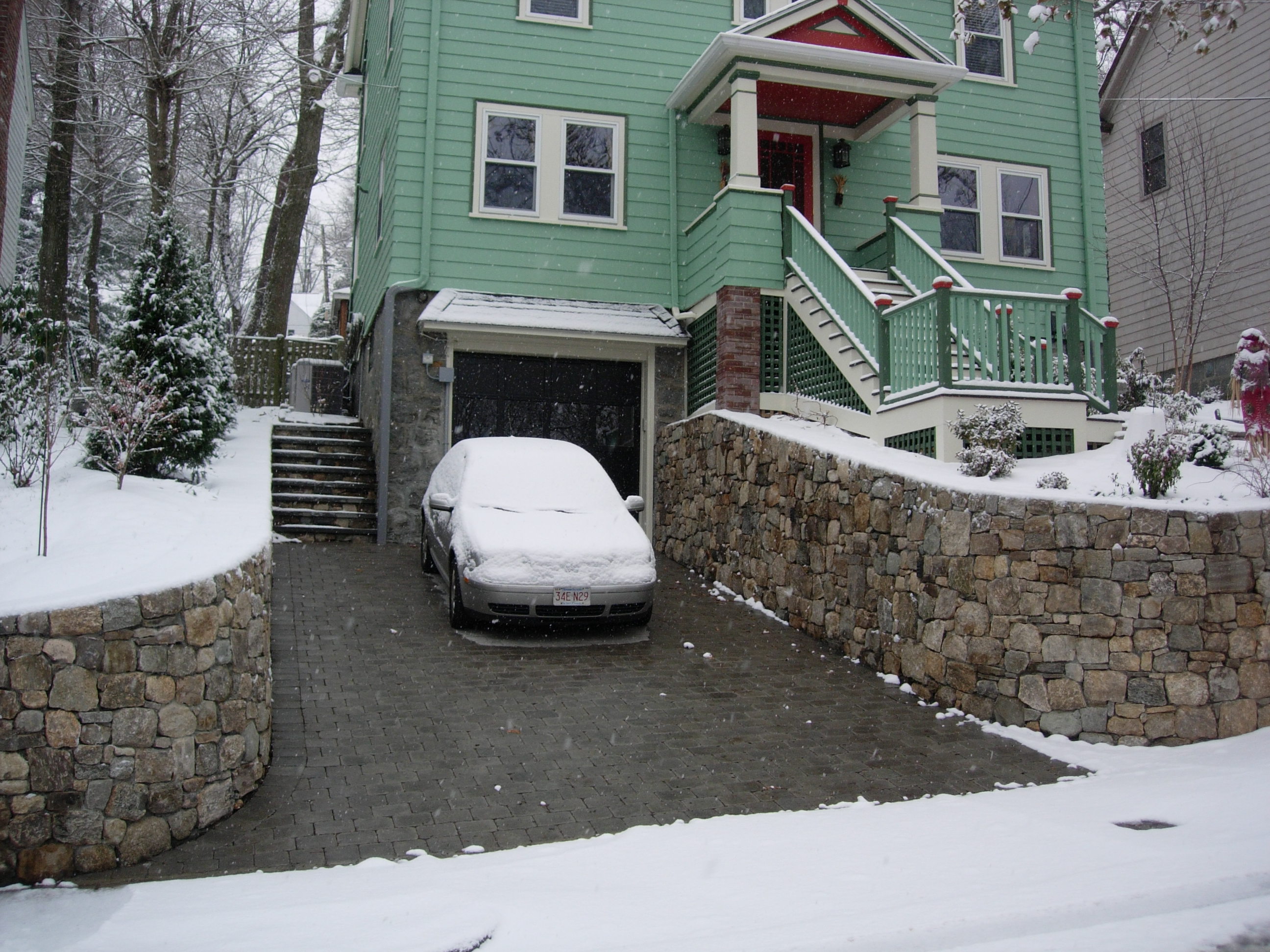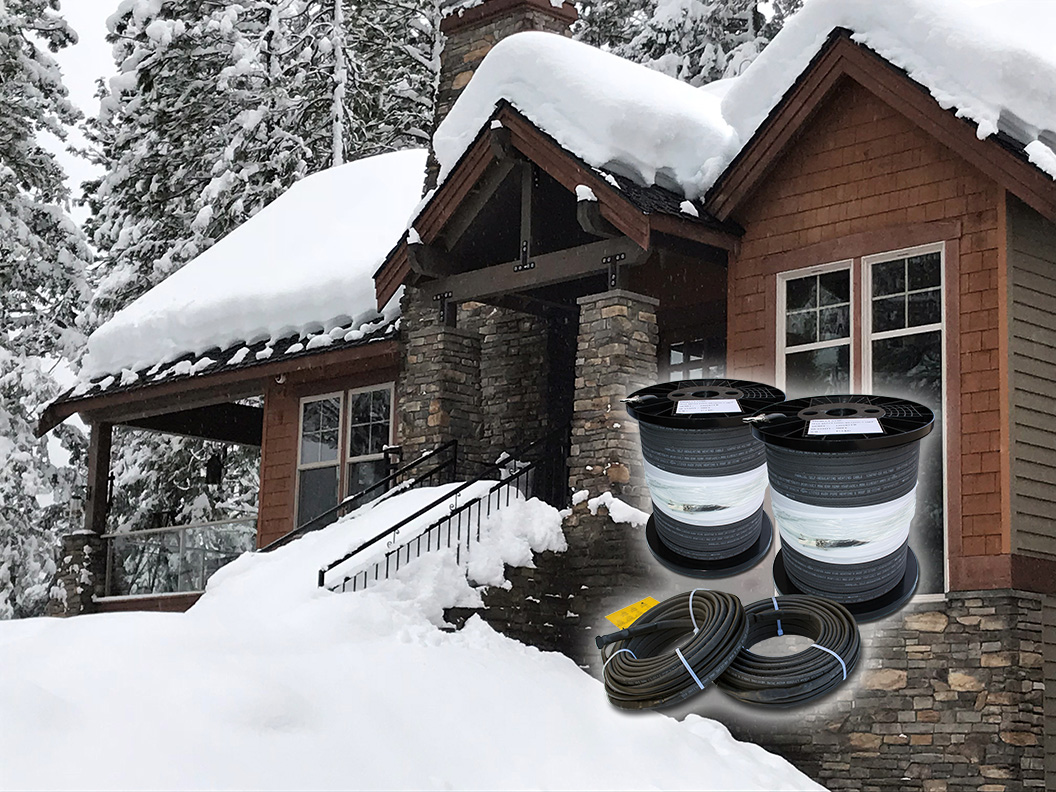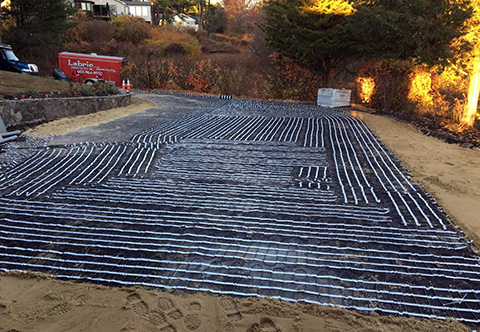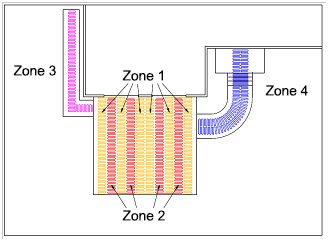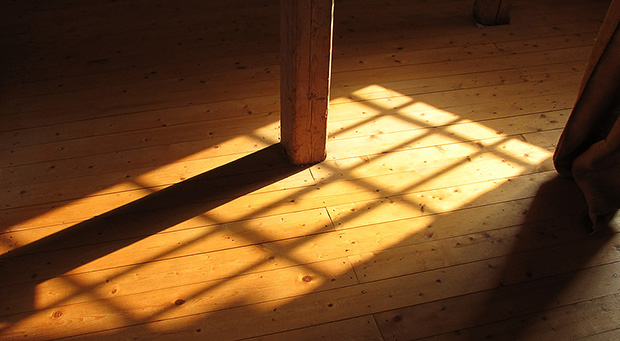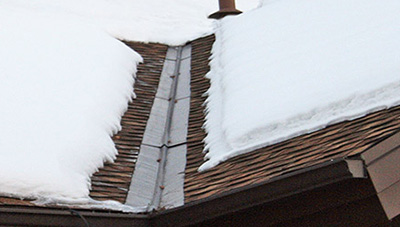Winter may be over, but spring time is the time to take advantage of snow melting system discounts from ProLine. In other words, spring is a great to time to install a radiant heat snow melting system to make sure those steps, sidewalks, or driveways are ready for the next winter.
When considering radiant heat for any application, it is important to know the ins and outs of each system, and which will be the best fit for your project. There are several options when it comes to radiant heat, and knowing the basics can help assure the right system is installed.
One of the most important things to know about radiant snow melting systems is the two available types of systems: electric and hydronic. Both systems offer their own benefits, and provide clean, efficient heat, but one system may be better suited than the other for certain applications. Hydronic systems can be used in most places, but are often used for larger areas, such as commercial applications because of the potential for lower operating costs. Electric systems are more versatile, and are far more recommended for supplemental home heating applications and residential driveway snow melting.
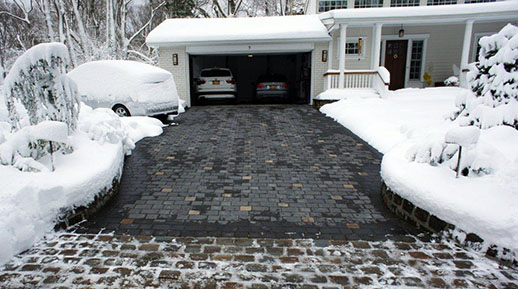
A hydronic radiant snow melting system is considerably more complex than an electric snow melting system. Hydronic systems heat floors and outdoor surfaces by using a mixture of water and propylene glycol that is heated with a boiler or water heater. These systems can use a condensing boiler that can operate on natural gas, allowing for operating cost to remain low. The liquid is sent through specially designed PEX tubing that comes in ½ inch to ¾ inch diameter that can be curved to fit the area being heated. This tubing is installed beneath the surface, and can be installed under almost any medium-including concrete, pavers, and asphalt. While hydronic systems may have a lower operating cost, especially for larger areas, they can have a much higher initial installation cost, as they require a dedicated mechanical room, include more components, and require more labor during installation. Hydronic radiant heat snow melting systems are still a popular choice for many business and homeowners, but electric radiant snow melting systems have become the favorite in recent years for heating residential driveways and even commercial outdoor areas.
Electric snowmelt systems are the most popular snow melting option at ProLine. These systems work by heating the driveways, sidewalks, or other outdoor areas with durable resistance electric heating cable that is embedded into the medium. The snowmelt system is activated by an automatic sensor (in-ground or aerial-mounted snow sensor). The sensor detects temperature and precipitation, so when conditions warrant, the sensor triggers the system, and power is then sent from the control panel to the heat cable, warming the surface. ProLine snow melting heat cables are available on spools or pre-spaced on flexible, durable mats that are laid out underneath the medium.
Installing ProLine snow melting heat cable is also easy. Depending on your system, the cable is spaced 3 or 4 inches. Snow melting systems can be installed into or under any medium, including brick and stone pavers, mortar beds, concrete, or even hot asphalt, making them extremely versatile.
Electric snow melting systems also have a smaller upfront cost than hydronic, and are easier to customize with ProLine’s electric snow melting cable. Customers have several options when installing radiant snowmelt systems. Rather than heating an entire driveway, a strip up the middle could be heated, or even two tire tracks or a high traffic area.
Electric radiant heat systems also offer faster response times and are easier to install when compared to hydronic. ProLine snow melting cable produces 30-55 watts per square foot, depending on the design of the system. Another feature of electric heat that draws customers is that it requires virtually no maintenance. An electric snow melting system from ProLine has no moving parts, making it an extremely reliable way to increase safety as well as eliminate manual snow removal needs. Electric snow melting systems are also fully automated, making life easier during Mother Nature’s cold spells. Electric snow melting systems have proven to stand the test of time.
While both hydronic and electric heating systems will provide clean, energy efficient snow melting, electric radiant heat systems are often the best choice, especially for residential projects. According to many construction professionals, an estimated 90 percent of customers choose electric radiant heat over hydronic.
Whether choosing a hydronic or electric snow melting system, Proline’s Industry leading product line has something for your project. ProLine also offers customer service that can’t be beat, including professional system design services, free installation training, and expert technical support. Working with ProLine assures you and your customers that you’re not only receiving the industry’s best products and materials, but the best customer service.
If you’re ready to offer snow melting system installations as a part of your business, or need more information on snow melting systems, contact a ProLine professional at 866.676.9276.

